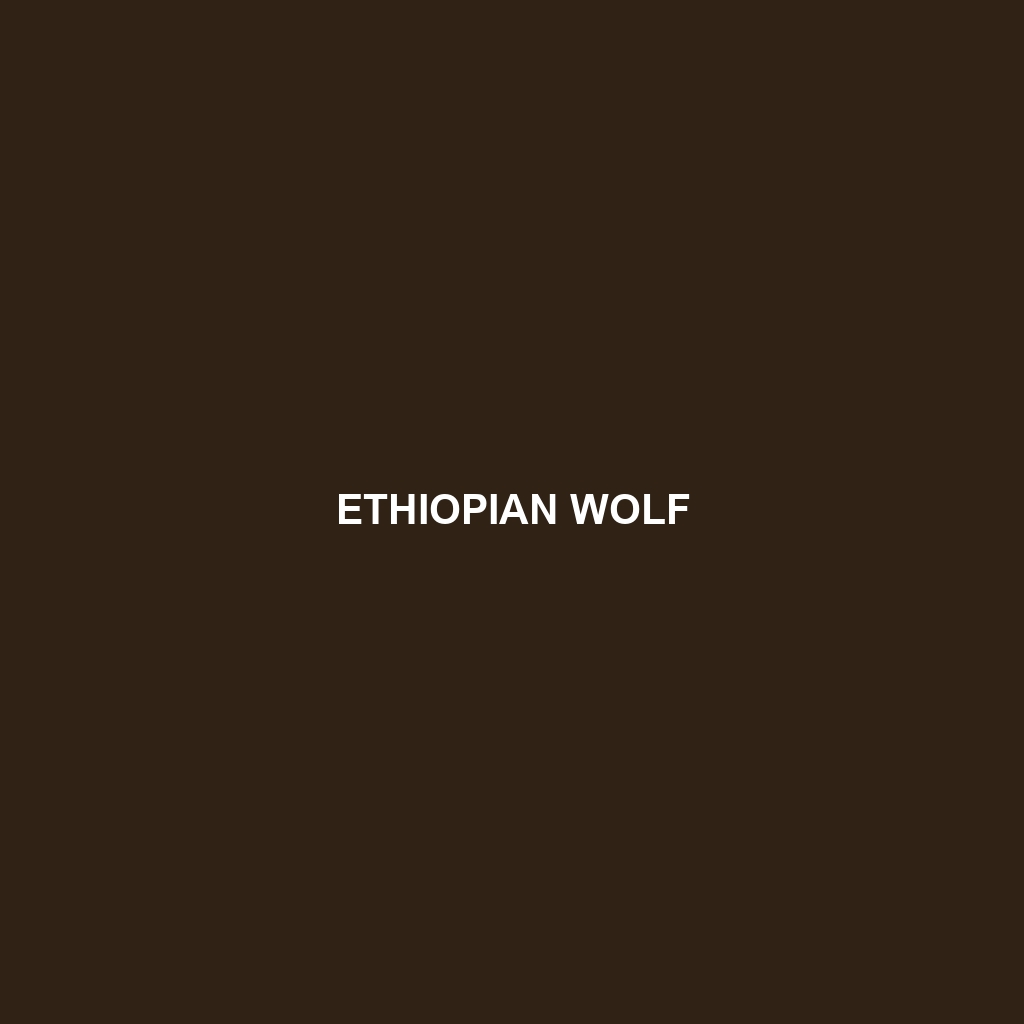Red Wolf Species Description
Common Name: Red Wolf
Scientific Name: Canis rufus
Habitat
The Red Wolf primarily inhabits the southeastern United States, particularly in North Carolina’s coastal forests and wetlands. These wolves favor a variety of environments, including upland forests, swamps, and marshes, where they can find sufficient prey and suitable denning sites. Their habitat often overlaps with agricultural areas, providing both challenges and opportunities for coexistence with humans.
Physical Characteristics
Red Wolves are medium-sized canids, typically weighing between 60 to 100 pounds and standing about 26 to 32 inches tall at the shoulder. Their coats are characterized by a mix of reddish-brown, tan, and gray fur, with a distinctive bushy tail often tipped with black. Notable features include their long legs and narrow snouts, which distinguish them from other wolf species. Their unique coloration allows them to blend seamlessly with their forested habitats.
Behavior
Red Wolves are known for their social structures, often living in packs typically consisting of a breeding pair and their offspring. They are highly territorial animals, using vocalizations, scent marking, and body language to communicate and defend their territory. Their nocturnal behavior includes both hunting and social interaction, making them fascinating subjects for wildlife enthusiasts and researchers alike.
Diet
As carnivores, Red Wolves primarily feed on small to medium-sized ungulates, such as deer, as well as smaller mammals like rabbits and rodents. Their hunting strategy often involves cooperative pack behavior, where they work together to take down larger prey. The adaptability of their diet allows them to thrive in diverse environments, making them essential predators in their ecosystem.
Reproduction
Red Wolves typically breed once a year, with a mating season occurring in late winter to early spring. After a gestation period of about 63 days, the female gives birth to a litter of 2 to 8 pups. Notably, both parents are involved in the rearing of the pups, which rely on the pack for protection and sustenance during their early development. Family bonding among pack members plays a crucial role in the survival of the young wolves.
Conservation Status
The Red Wolf is classified as ‘Endangered’ under the U.S. Endangered Species Act due to habitat loss, hunting, and interbreeding with coyotes. Conservation efforts, including breeding programs and habitat restoration, aim to increase the population size and restore their historical range. Public awareness and support are vital for the ongoing conservation of this unique species.
Interesting Facts
– The Red Wolf is one of the rarest canid species in the world, with a wild population estimated to be around 20 to 30 individuals.
– They were once widespread across the southeastern United States but faced drastic decline by the 1970s.
– Red Wolves are also known for their unique vocalizations, including howls that can be heard over long distances, serving both as a communication tool and a way to establish territory.
Role in Ecosystem
As apex predators, Red Wolves play a critical role in maintaining the balance of their ecosystems by controlling prey populations and fostering biodiversity. By regulating herbivore populations, they help ensure the health of vegetation and overall habitat integrity. Their presence is vital for fostering a balanced ecosystem, illustrating the interconnectedness of species within their habitat.
